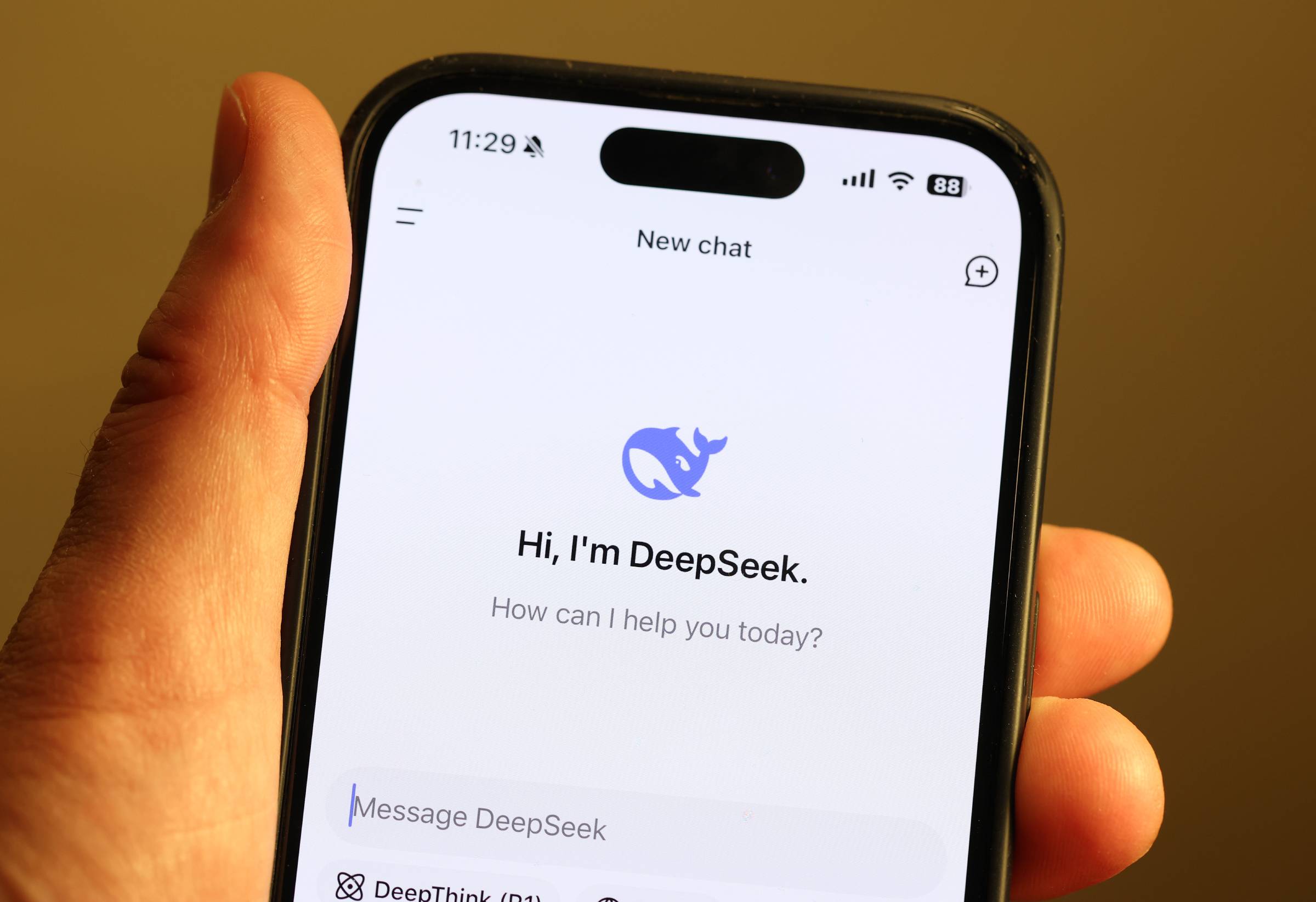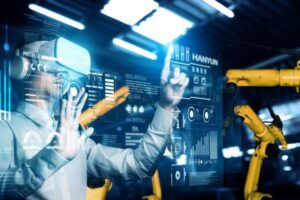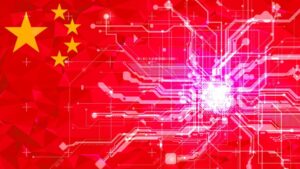DeepSeek R2 Reasoning AI Launch Approaching, Promising to Create a Buzz

DeepSeek’s Impact on the AI Landscape
Introduction to DeepSeek
A few months back, the AI company DeepSeek created a stir in the tech industry, causing a significant drop in the US stock market. They introduced their reasoning model, DeepSeek R1, which rivaled the capabilities of ChatGPT but was more cost-effective in terms of development and training. By optimizing their software and utilizing less powerful NVIDIA GPUs, DeepSeek managed to create a competitive product without relying heavily on high-end hardware.
Open Source Advantage
One of the standout features of DeepSeek’s offerings is that their AI models are available as open source. This means that anyone can download and run these models on their own computers without needing an internet connection. This accessibility raised alarms among established US AI firms, signaling that competition could be coming from unexpected places, like China.
Controversies Surrounding DeepSeek
The launch of DeepSeek R1 was not without its issues. OpenAI raised concerns that DeepSeek might have used data sourced from its ChatGPT model during training. Additionally, security and privacy concerns emerged regarding user data from their mobile applications, which is transmitted back to China. Therefore, it is often recommended that users install DeepSeek software on their personal devices to maintain better control over their data.
Anticipating DeepSeek R2
Recently, speculation has been circulating that DeepSeek will soon unveil their next-generation model, DeepSeek R2. This new model aims to compete with OpenAI’s recently launched o3 and o4-mini. While it is uncertain if DeepSeek R2 will lead to another market disruption, the impact of prior tariffs and trade policies has already had a significant effect on the US stock market.
Current Market Sentiment
After the initial shock from DeepSeek R1’s release, it has become evident that the earlier fears surrounding hardware accessibility may have been exaggerated. Innovations in software are always possible, but companies like NVIDIA continue to develop next-gen AI chips, ensuring that US AI firms remain competitive.
Despite the market still facing challenges, such as lingering economic instability, the potential for DeepSeek R2 to make waves seems limited in the current climate. The company uses a unique approach compared to its American counterparts, driven by the constraints it faces. Observers expect that DeepSeek R2 will bring improved efficiency to the table.
Expectations for DeepSeek R2
It is rumored that DeepSeek R2 will be powered by hardware from Huawei rather than NVIDIA, which could surprise many in the tech industry, including chip manufacturers like NVIDIA. In addition to this change, DeepSeek has reportedly established a local supply chain to decrease dependence on outside partners, aiming for quicker infrastructure development.
According to rumors, DeepSeek R2 will be a massive AI model with 1.2 trillion parameters. However, its design allows it to utilize only 78 billion parameters efficiently per token through a hybrid Mixture-of-Experts (MoE) architecture. This innovative approach is expected to lead to substantial cost reductions, making DeepSeek R2 approximately 97.3% cheaper to train than OpenAI’s GPT-4. Inference costs are also projected to drop significantly, with estimates around $0.07 per million input tokens and $0.27 per million output tokens.
Performance and Capabilities
Reports about DeepSeek R2 suggest it has excellent performance in various benchmarks. The training process for R2 involved 5.2 petabytes of high-quality data that spanned fields like finance, law, and patents. DeepSeek utilized Huawei Ascend 910B chips for this task, which could enhance the model’s reasoning abilities.
DeepSeek R2 is anticipated to feature strong reasoning capabilities and may even offer multimodal support, showcasing advanced vision abilities. While the launch date remains a mystery, industry anticipation seems to lean towards a release in early May or shortly thereafter.






